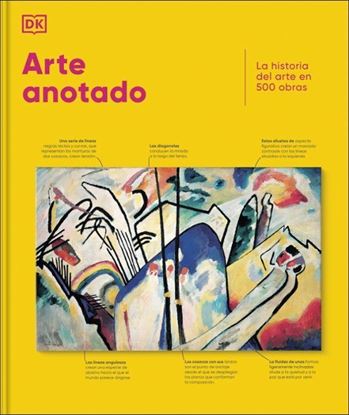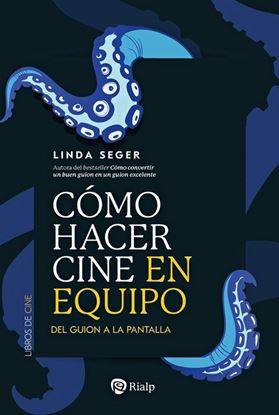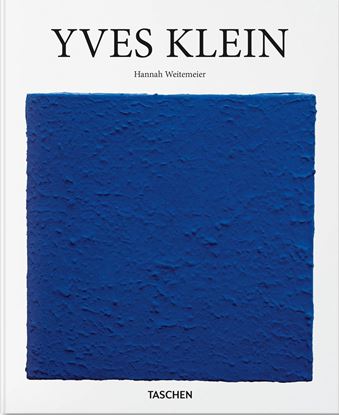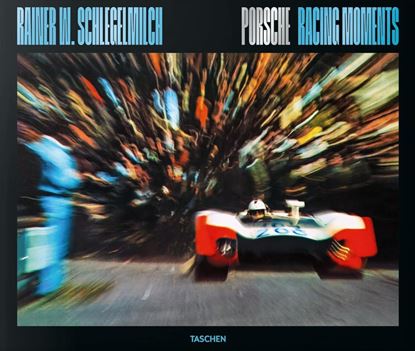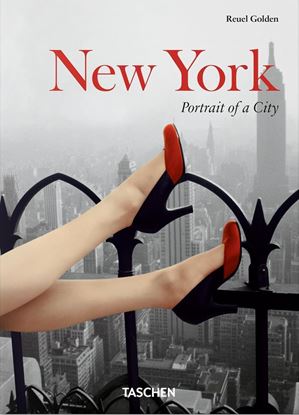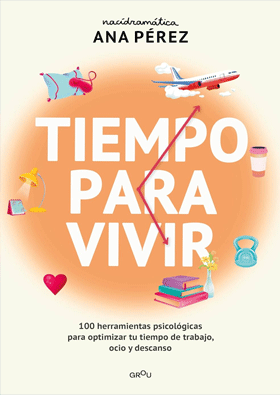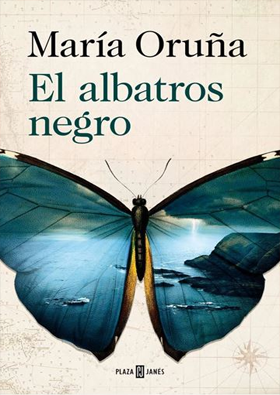

ARCHITECTS OF COMMUNITY
Passionate about designing buildings and neighborhoods that quietly transform the urban environment, Torti Gallas is committed to improving cities, towns, and distressed communities throughout the United States and around the world. This fully illustrated book shows how they have combined the disciplines of architecture, planning, and urban design into a single practice, creating housing and mixed-use buildings that bring catalytic change to urban neighborhoods: the mixed-use apartment buildings, rowhouses, and single-family homes that comprise the fabric of a city. Their work hearkens back to a tradition that, before World War II, created some of the country’s finest neighborhoods, including Forest Hill Gardens in Queens, Rittenhouse Square in Philadelphia, and Russian Hill in San Francisco. Featuring 60 built projects, this book shows how Torti Gallas is dedicated to raising the level of this architecture to a new high.
3,995
DISEÑO DE MARCAS. SEXTA EDICION
Tanto si es jefe de proyecto de renovación de la marca de su empresa como si necesita enseñar a sus empleados o alumnos los conceptos básicos de la creación de una marca, Diseño de marcas es el recurso definitivo. La sexta edición se ha actualizado a conciencia para abordar los retos profesionales actuales de la creación de marcas. Desde la investigación hasta la estrategia de marca, la ejecución del diseño, el lanzamiento y la gobernanza, Diseño de marcas es un compendio de herramientas y prácticas adecuadas que desmitifican, inspiran y proporcionan una hoja de ruta para crear marcas sostenibles y exitosas.
2,450
ARTE ANOTADO
Un libro que apasionará a todos los amantes del arte. Con obras de todo el mundo y de los periodos más importantes. Con explicaciones de los símbolos, los detalles y las técnicas para entender cada obra. Desde los frescos el Antiguo Egipto hasta Joan Miró o Banksy.
2,700
EL LIBRO DEL DISEÑO
Una visión fascinante de los movimientos del diseño, que muestra cómo comenzó cada uno y describe su filosofía y estilo visual. El diseño está presente en todo lo que hacemos y fabricamos. Ha dado forma a nuestro mundo desde tiempos inmemorialesy sigue haciéndolo. El diseño es algo complejo: se cruza con el arte,la arquitectura, la publicidad y la artesanía, pero conserva su propiaintegridad. Es, en esencia, lo que da forma y encanto a los objetos funcionalesy un tono a la forma en que nos expresamos como individuos o empresas.
2,500
EL UNIVERSO MUSICAL DE BACH
Bach fue un compositor prolífico cuyas piezas, que se esmeró en clasificar en diversas colecciones, forman un grandioso cosmos en el que todas sus inagotables ideas musicales encuentran su lugar. En este ensayo fundamental, Wolff ahonda en el análisis de su rica colección musical, que transciende las fronteras habituales entre épocas, géneros e instrumentos. Partiendo de una notable selección de piezas desde la temprana colección de las Seis tocatas para clave hasta obras tardías como El arte de la fuga y la Misa en si menor analiza en detalle el método compositivo de Bach atendiendo a la gran variedad de géneros instrumentales y vocales que abarca, ilustrativa de la profundidad y riqueza de su obra. Al rastrear la evolución del compositor, Wolff saca a la luz las aspiraciones y el legado de este gigante de la música de un modo innovador, desvelando la esencia de su arte a neófitos y expertos por igual.
1,995
COMO HACER CINE EN EQUIPO
La veterana consultora de guiones Linda Seger examina grandes guiones contemporáneos y clásicos, y explica con ellos el audaz viaje que supone llevar el guion a la pantalla. Esta edición, totalmente revisada y actualizada, incluye entrevistas con más de 80 artistas de prestigio en su ámbito (escritores, productores, directores, actores, editores, compositores y diseñadores de producción). Sus discusiones sobre el arte y el oficio de la realización cinematográfica, y cómo y por qué toman sus decisiones, proporcionan a estudiantes, profesionales del cine y escritores de guiones la guía definitiva para crear el mejor “plan” posible para una película, y para comprender las decisiones artísticas y técnicas de todos los involucrados en el proceso.
1,750
YOKO
La nueva biografía de Sheff sobre Yoko Ono, la artista de 92 años y viuda de John Lennon, argumenta convincentemente su relevancia como feminista, activista, innovadora vanguardista y una descarada de clase mundial. Sheff—prolífico periodista y autor que realizó una de las últimas entrevistas significativas con John y Yoko para Playboy, y posteriormente se hizo amigo de ella—ha escrito lo más cercano a una biografía autorizada que el mundo puede encontrar. El libro es sustancioso y, como era previsible, compasivo pero no adulador, escrito principalmente con una prosa directa que sugiere que la compasión está plenamente justificada por una figura que no solo fue desestimada sino demonizada.
1,650
YVES KLEIN (BA-ART) (E)
Ese azul…
El artista a quien se le debe el azul de ultramar
A mediados de la década de 1950, Yves Klein (1928-1962) declaró que “un mundo nuevo exige un hombre nuevo”. Su peculiar estilo idiosincrático y su gran carisma llevaron a este audaz artista a desarrollar una breve pero fructífera carrera, pues pintó más de mil cuadros en un periodo de siete años, cuadros que hoy se consideran clásicos del arte moderno de posguerra.
Klein se labró un nombre sobre todo con sus lienzos monocromos de gran formato pintados con el tono de azul que él mismo patentó. El International Klein Blue (IKB), compuesto de pigmento puro y un aglutinante, es a un tiempo denso y luminoso, evocador y decorativo, y Klein lo concibió para evocar la cualidad inmaterial e infinita del mundo. Las obras de esta revolución azul parecen transportarnos a otra dimensión, como si cayéramos hipnotizados por un cielo de verano perfecto.
1,350
RAINER W. SCHLEGELMILCH. PORSCHE RACING
In 1962, Rainer W. Schlegelmilch had his first experience of motorsport – the 1,000 km at the Nürburgring – and it was this that sparked a lifelong passion for both Porsche and racing that still burns today.
Beginning in 1963, this wholly captivating collection of breathtaking shots transports you to another time and another world, taking you on a journey through the history of Porsche endurance racing, from Le Mans to Monza, via the Targa Florio and Spa-Francorchamps. And with his own words accompanying the pictures, Schlegelmilch shows and tells fascinating stories from track and trackside.
9,500
NEW YORK. PORTRAIT OF A CITY (PO) (GB)
From the building of the Brooklyn Bridge to immigrants arriving at Ellis Island, the slums of the Lower East Side to magnificent art deco skyscrapers, New York’s remarkable rise, reinvention, and growth is not just the tale of a city, but the story of a nation. This beautiful book lays out the streets, sidewalks, culture, and crowds of the greatest city in the world—in all the greatness of its extremes, contradictions, energy, and attitude. With vistas of Central Park alongside Coney Island and the sleaze of Times Square, this city portrait champions the complexity and chaos of New York—its architecture, culture, fashion, and ethnic diversity. More than just a tribute to the metropolis and its civic, social, and photographic heritage, New York. Portrait of a City also pays homage to the indomitable spirit of those who call themselves New Yorkers: full of hope and strength, resolute in their determination to succeed among its glass and granite towers.
1,350



